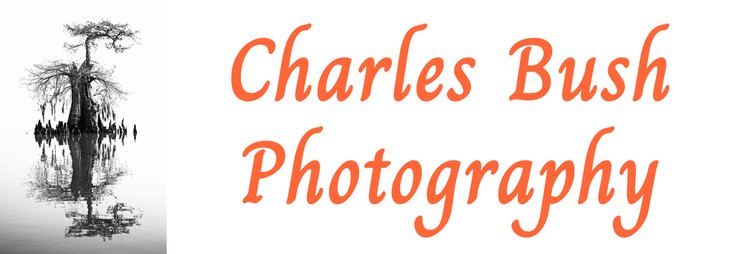My IR Post Processing Workflow
Unlike photographing with visable light, creating a realistic looking IR image requires a significant amount of post processing.
The following outlines the steps I've taken editing a typical image from my D800 camera with the 665nm IR conversion.
When the image is first imported into Lightroom it has a very red cast. So the first task is to deal with that.
Image as imported into lightroom
Lightroom does not apply the custom white balance created in the camera and does not have the range to neutralize the image. For Nikon Cameras the best option is to use Nikon's older Capture NX2 raw conversion software. While the newer NXD will do the job, NX2 allows you to select the whole image a set the grey point averaging the whole image, while NXD will only allow you to select single points. With NXD you will need to experiment with multiple selections until you get the best result.
Setting the Grey Point
In Capture NX2 select the grey point option, they the marque tool and then drag the eye dropper from the top right to the bottom left.
Image with the Grey Point set
This produces an image with a grey sky and trees with light blue leaves. I like to set the white and black points while working with the raw files and then save the image as a TIF file. I prefer to have white leaves and a dark blue sky so now I bring the image into photoshop and do what's called a channel swap with the chanel mixer. Selecting the red channel and bringing the red levels to 0 and the blue levels to 100 and then selecting the blue channel and setting the blue levels to 0 and the red levels to 100. See the illustrations below.
Making the red channel blue
Making the Blue Channel Red
This produces an image that is closer to the goal but not quite there yet. I then create a hue ssturation layer. Fine tune the colers using the Master selection, desaturate both the yellow and red channels to zero. Leaving the colors nearly where I want them.
Adjusting the Master Hue in the Hue Saturation Layer
Desaturating the yellow channel
Desaturating the red channel
I like the final result to have just a hint of color. I use the Google nik plug-in silver effect pro to create a black and white version of the image as a layer in photoshop and then adjust the opacity of that layer to let just the right amount of color from the underlying image.
Black and white image using Silver Effects Pro
Setting the opacity of the Silver Effects Pro layer to fine tune the saturation of the image
While this more complex than editing a visible light image, buy creating an action for the channel swamp the process can be done fairly quickly.
In many cases I prefer the black and white version to the color one and all that needs to be done is to leave the opacity of the Siver Effects Pro layer to 100%











